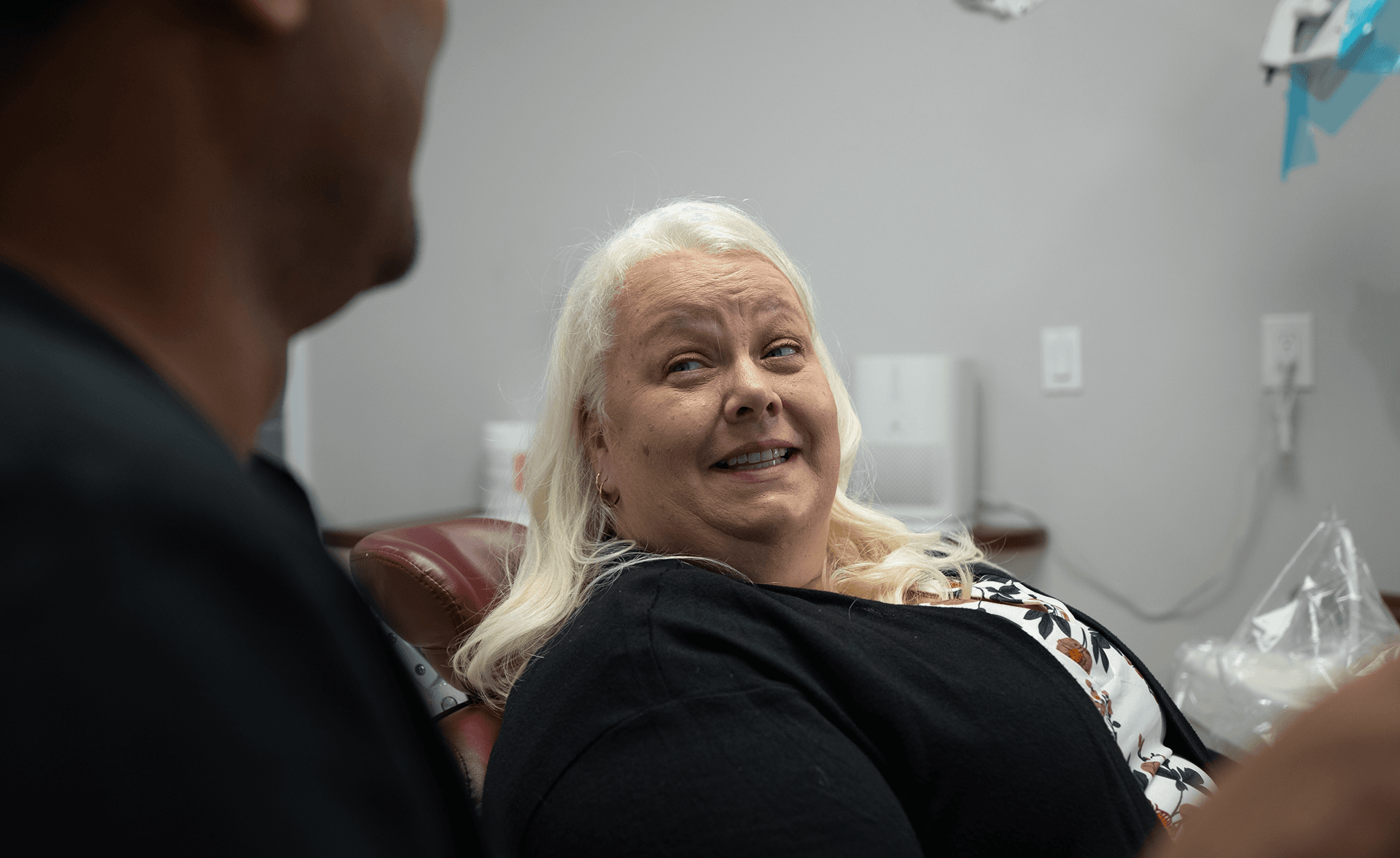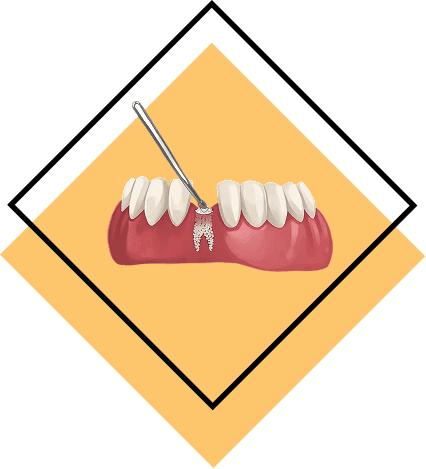

Bone Grafting & Sinus Lifting - Union City, CA
Bone Grafting & Sinus Lifting
Sinus lift surgery significantly increases the likelihood of having successful implants that will continue to function normally over several years.
Schedule Your Appointment
What Is Bone Grafting?
Bone Grafting is a procedure that restores bone density and volume to parts of the jaw where it has been lost. There are three options
for bone transplant material: autogenous (from own body), allograft (from another human's body), and animal tissue bank (xenograft). Bone transplant material may be synthetic in some cases (alloplast).

Bone grafting restores lost jaw bone density using materials like autogenous, allograft, xenograft, or alloplast.
Procedure Pre:
Your dentist will do an oral exam to determine the condition of your teeth, gums, and jaw. Dental X-rays or scans clearly show bone loss in the jawbone. After that, you and your dentist will talk about your treatment choices and develop a customized treatment plan tailored to your specific needs.
Who Needs A Bone Graft?
In most cases of jaw bone loss, dental bone transplants are necessary.
Having a tooth removed may need this treatment.
Plan to replace a lost tooth with an implant.
Before acquiring dentures, jaw reconstruction is crucial.
Suffer from gum (periodontal) disease that causes bone loss.
Bone Grafting is a dental procedure where a bone is artificially grafted (attached) to a bone in the jaw, which is either broken, damaged, or needs supplementary support. Several other reasons for bone grafting include:
gum infections.
loss of one or more teeth in adults.
when a person intends to go for dental implant procedures.

Sinus Lifting:
Having insufficient jaw bone to support dental implants may necessitate sinus lift surgery. Sinus augmentation and sinus transplants are other terms for this operation. Periodontists or oral surgeons undertake this operation. A dental expert can do sinus lift surgery in a variety of methods. In some cases, getting a dental implant requires a sinus lift and bone grafting as a first step. If you’re considering having your sinuses lifted, you have various options. Bone graft type and the doctor’s future dental implant placement plan play a role in which strategy is best for you and your situation. The procedure proceeds in the following manner:
Before the operation, you and your doctor will discuss the best course of action for you.
The dentist might give you oral or IV anesthetics to make you comfortable, and a dentist will numb the region with local anesthesia.
To gain access to the jawbone, your surgeon will create incisions in the rear of your gum tissue.
Your surgeon will make a tiny incision in the bone, taking care to avoid cutting into the sinus membranes.
Your surgeon will raise the membrane in the sinus cavity by lifting the sliced bone piece.
Research shows that having sinus lift surgery significantly increases the likelihood of having successful implants that will continue to function normally over several years. This surgery is relatively painless for the vast majority of individuals. Before the implant treatment, a specialist should thoroughly examine your jawbone health and discuss their sinus lift suggestions, procedures, and probable bone grafting materials.

